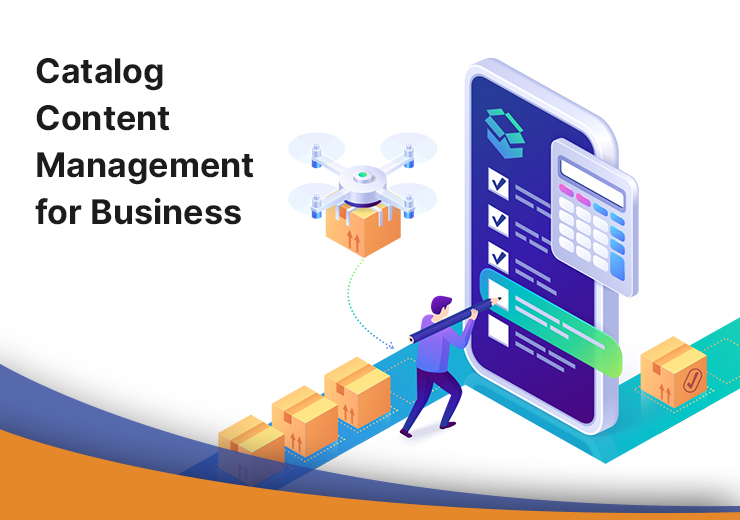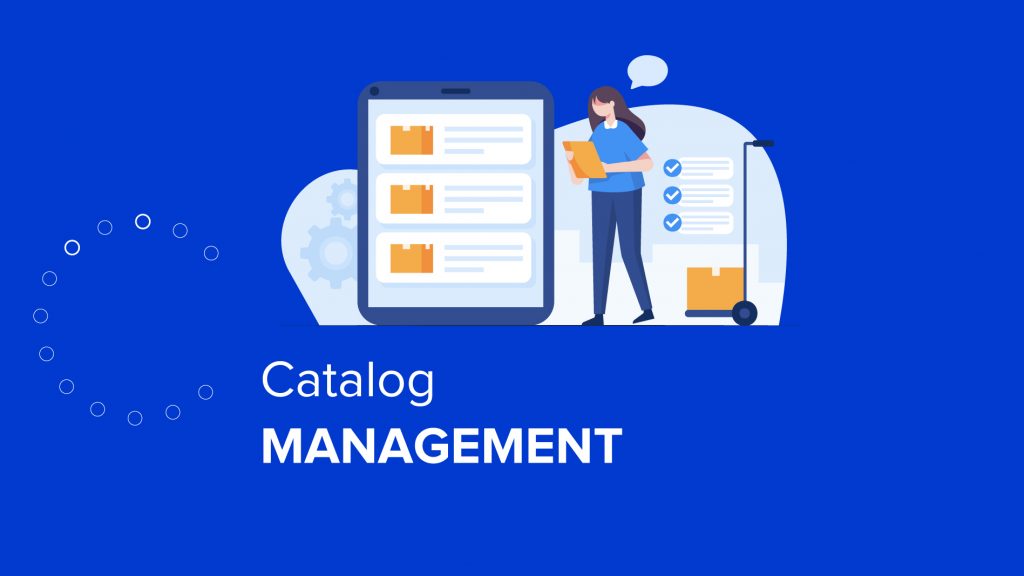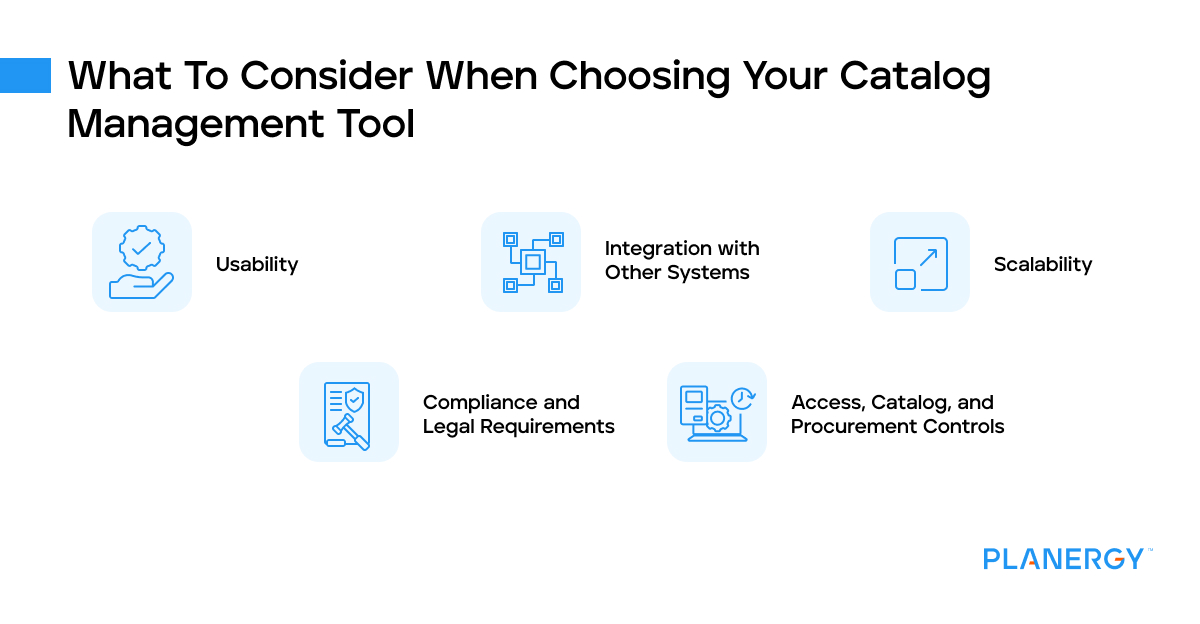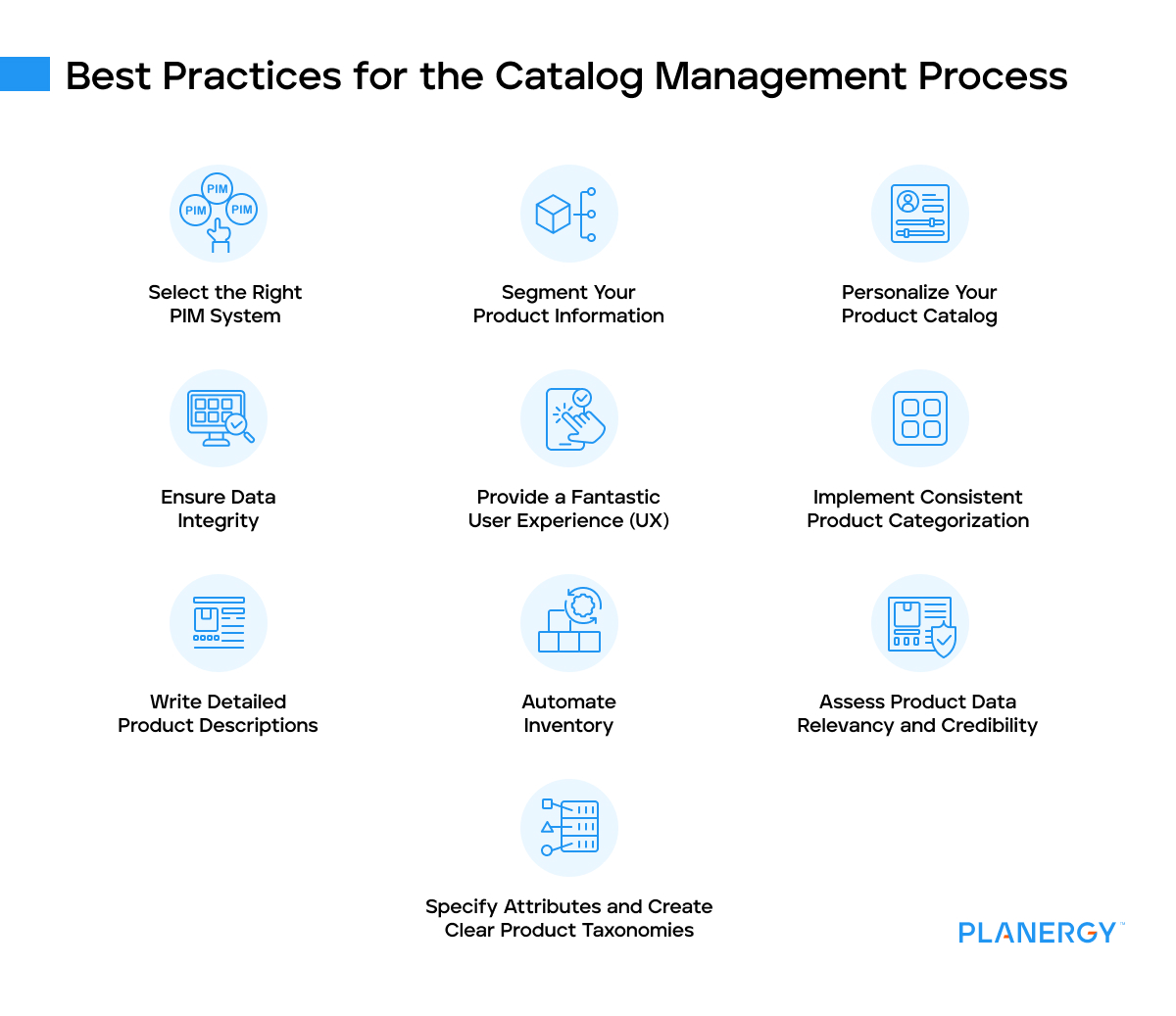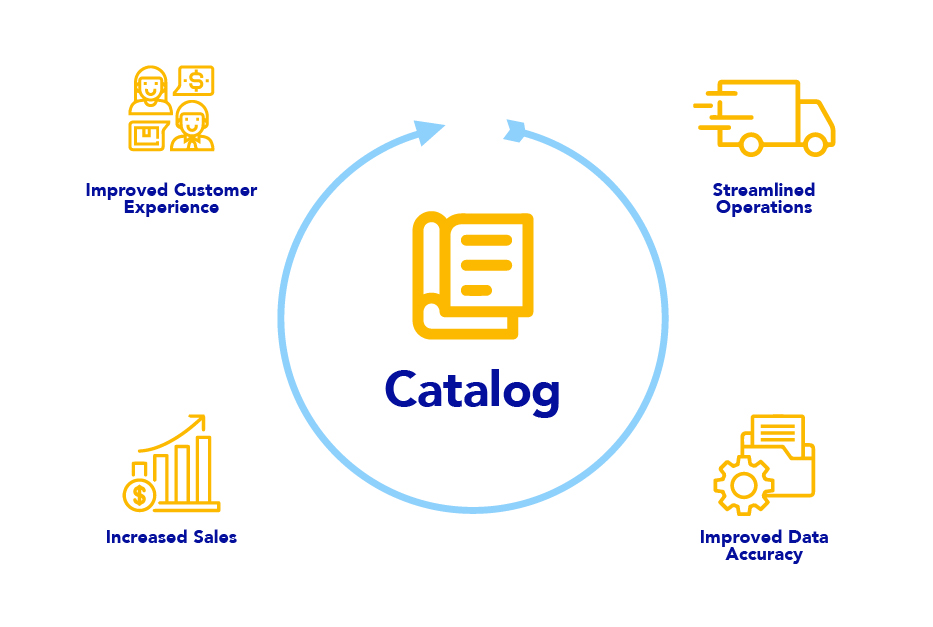Catalog Management In Procurement
Catalog Management In Procurement - Procurement catalog management software is more than just a tool—it's your key to optimize procurement processes and maintain accuracy in your suppliers' product listings. A procurement catalog is a document that provides information on services and/or product offered by a vendor or service provider. This task would typically be carried out by a procurement professional. Catalogue management “is the process of suppliers enabling electronic product content to be made available to buying organisations in order for them to procure goods electronically” and where the product content can be hosted by either the supplier or the buyer (best practice guide, 2004: As a central component of the value chain, it is directly linked to production planning, inventory management, and. State departments of transportation (dots) have effective procurement processes for highway construction but lag in acquiring new business technologies. Reduce time, effort, costs, and maverick spending by organizing and consolidating your catalog into one centralized, accessible, and controlled catalog or into various specialized catalogs. Read more about it here. Discover how effective catalog management streamlines processes and optimizes costs for a more agile, resilient procurement function. Procurement catalog management is important for ensuring purchase compliance and optimizing costs. By curating a centralized repository of approved items, it empowers employees to make. Catalog management in procurement is the strategic process of managing and maintaining a product catalog within an organization. As a central component of the value chain, it is directly linked to production planning, inventory management, and. Catalogue management “is the process of suppliers enabling electronic product content to be made available to buying organisations in order for them to procure goods electronically” and where the product content can be hosted by either the supplier or the buyer (best practice guide, 2004: State departments of transportation (dots) have effective procurement processes for highway construction but lag in acquiring new business technologies. A centralized catalog eliminates confusion caused by duplicate or outdated skus. The real question is not if procurement organizations will adapt, but how quickly they will embrace this change. Procurement catalogs define the items and services that company employees can order for internal use. Reduce time, effort, costs, and maverick spending by organizing and consolidating your catalog into one centralized, accessible, and controlled catalog or into various specialized catalogs. Catalog management in procurement refers to the process of organizing, maintaining, and managing product catalogs within an organization. These catalogs contain detailed information about products or services that a company offers and are crucial for efficiency in procurement and sales processes. Read more about it here. However, several misconceptions persist about what catalog management entails and. Catalog management refers to the process of organizing and maintaining a company’s product or service offerings in a structured, digital format. The. This article explains how to create a procurement catalog. This revolution is already underway and promises to permanently reshape strategic category sourcing. This includes ensuring the accuracy and consistency of suppliers’ products, services, and pricing. Catalog management plays a dual role in streamlining procurement: A centralized catalog eliminates confusion caused by duplicate or outdated skus. It involves the organization of the catalogs, the selection of the products and services that will be included in the catalogs, and the negotiation of prices with suppliers. These catalogs contain detailed information about products or services that a company offers and are crucial for efficiency in procurement and sales processes. Procurement catalog management is important for ensuring purchase compliance. Catalog management plays a dual role in streamlining procurement: The benefits of catalog management in procurement lead to cost optimization, streamlined operations, enhanced customer satisfaction, and improved visibility and control. Procurement catalogs define the items and services that company employees can order for internal use. The real question is not if procurement organizations will adapt, but how quickly they will. Procurement catalog management is an essential process in procurement that enables organizations to efficiently manage, track, and access all of their procurement resources in one place. State departments of transportation (dots) have effective procurement processes for highway construction but lag in acquiring new business technologies. This gep blog outlines the best practices of catalog management. See the admission section of. catalog management refers to the administration, updating and organization of product and service catalogs within a company. Here’s how strong product catalogue management can transform your retail operations: It’s especially helpful in rounding up your inventory position. This article explains how to create a procurement catalog. By curating a centralized repository of approved items, it empowers employees to make. Catalog management, also known as catalog management, is the process of creating, organizing, maintaining, and updating product catalogs within a company. The benefits of catalog management in procurement lead to cost optimization, streamlined operations, enhanced customer satisfaction, and improved visibility and control. It serves to simplify the procurement process by providing buyers with structured and centralized access to checked and. Here’s how strong product catalogue management can transform your retail operations: Discover how effective catalog management streamlines processes and optimizes costs for a more agile, resilient procurement function. Catalogue management “is the process of suppliers enabling electronic product content to be made available to buying organisations in order for them to procure goods electronically” and where the product content can. This task would typically be carried out by a procurement professional. Procurement catalog management is an essential process in procurement that enables organizations to efficiently manage, track, and access all of their procurement resources in one place. Procurement catalog management is important for ensuring purchase compliance and optimizing costs. Catalog management in procurement is the strategic process of managing and. It involves the organization of the catalogs, the selection of the products and services that will be included in the catalogs, and the negotiation of prices with suppliers. In the rapidly evolving world of eprocurement, catalog management solutions are essential for organizations looking to streamline their procurement processes and drive business efficiency. The primary elements in a catalog include product. Procurement catalog management software is more than just a tool—it's your key to optimize procurement processes and maintain accuracy in your suppliers' product listings. Itm 5300 procurement and contract management for information technology (3 hours) itm 5400 systems analysis, design and implementation (3 hours) itm 5600 information and communications security (3 hours). Discover how effective catalog management streamlines processes and optimizes costs for a more agile, resilient procurement function. As a central component of the value chain, it is directly linked to production planning, inventory management, and. Procurement catalog management is an essential process in procurement that enables organizations to efficiently manage, track, and access all of their procurement resources in one place. catalog management refers to the administration, updating and organization of product and service catalogs within a company. This article describes, at a high level, how purchasing professionals can set up and maintain procurement catalogs. This includes negotiating deals with vendors, tracking the ordering and delivery of items, and efficiently managing their inventory. Significance of ecommerce catalog management the importance of ecommerce catalog management. Catalog management in procurement refers to the process of organizing, maintaining, and managing product catalogs within an organization. Reduce time, effort, costs, and maverick spending by organizing and consolidating your catalog into one centralized, accessible, and controlled catalog or into various specialized catalogs. Procurement catalogs define the items and services that company employees can order for internal use. A procurement catalog is a document that provides information on services and/or product offered by a vendor or service provider. This article explains how to create a procurement catalog. Catalog management plays a dual role in streamlining procurement: Catalog management in procurement is the strategic process of managing and maintaining a product catalog within an organization.Procurement catalogs overview Microsoft Learn
How the Catalog Content Management Will Save Your Business?
(PDF) Procurement Catalog Management with SRMMDM Catalog...Builtin
What Is Catalog Management? Best Practices eSwap
Catalog Management in Procurement What Is It, Types of Catalogs
Catalog Management in Procurement What Is It, Types of Catalogs
Catalog Management in Procurement What Is It, Types of Catalogs
Four Ways Product Catalog Management Is Essential for
Catalog Management in Procurement Its Benefits and Best Practices
SAP Ariba Catalogue Procurement Catalogue Content Management
This Includes Ensuring The Accuracy And Consistency Of Suppliers’ Products, Services, And Pricing.
These Catalogs Contain Detailed Information About Products Or Services That A Company Offers And Are Crucial For Efficiency In Procurement And Sales Processes.
Read More About It Here.
Catalog Management, Also Known As Catalog Management, Is The Process Of Creating, Organizing, Maintaining, And Updating Product Catalogs Within A Company.
Related Post:
.gif)
